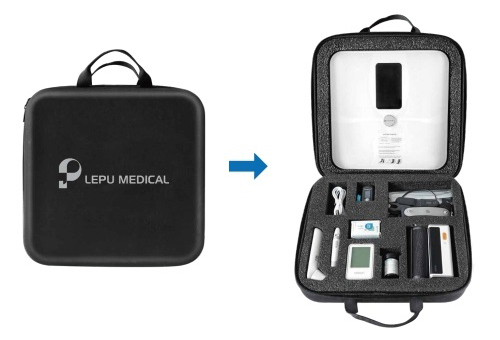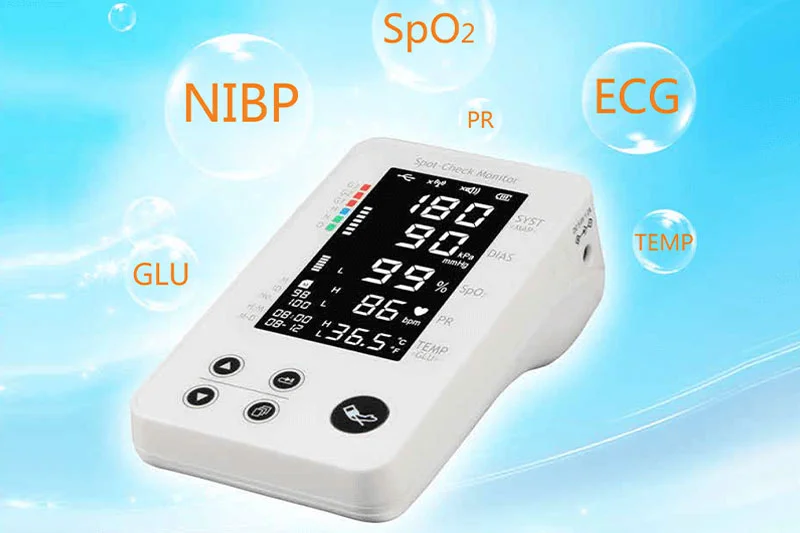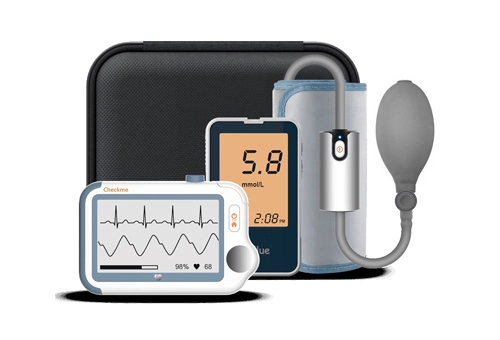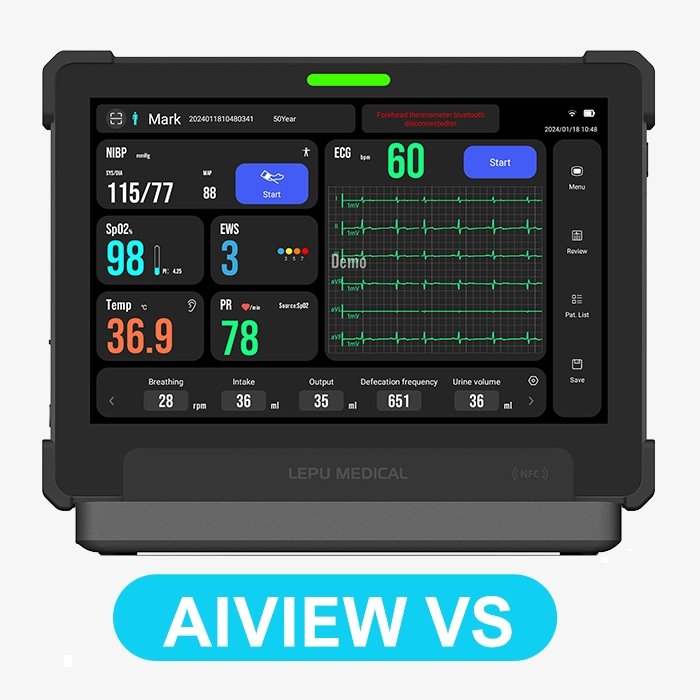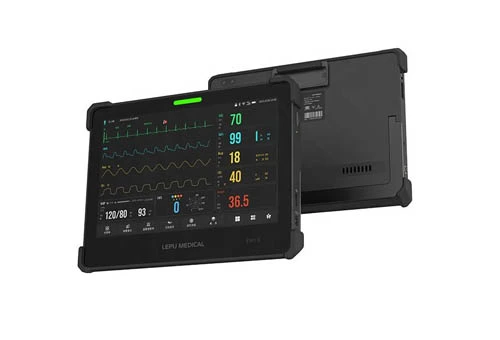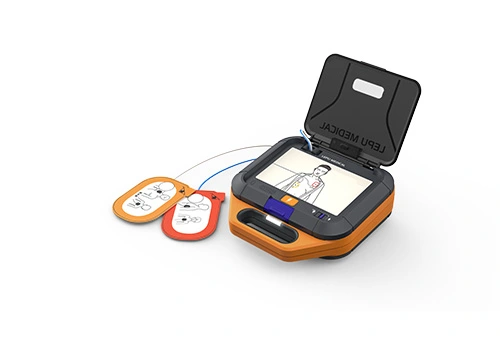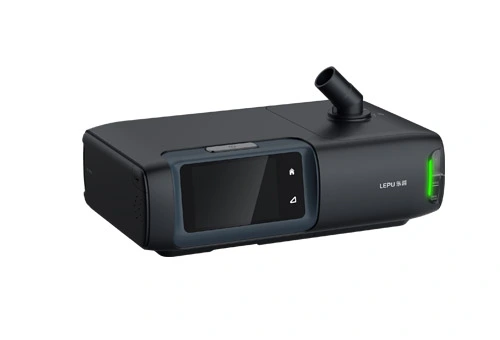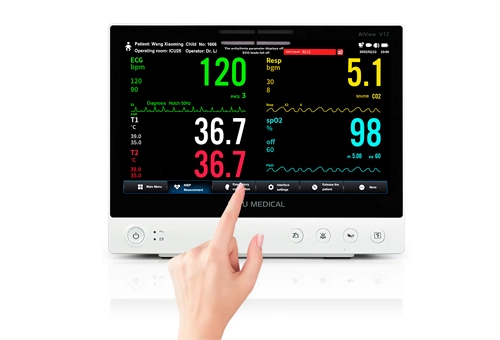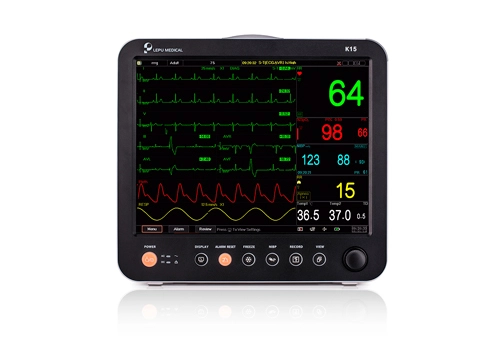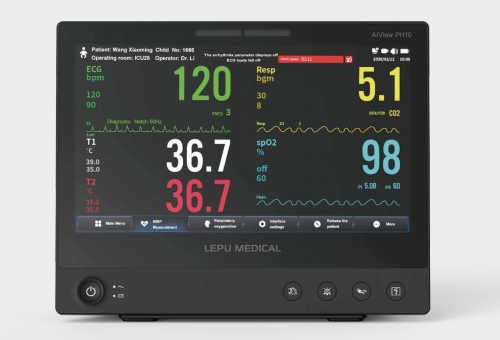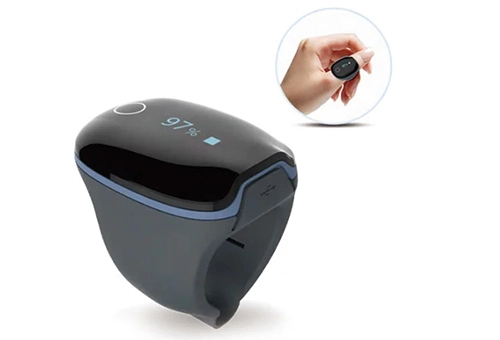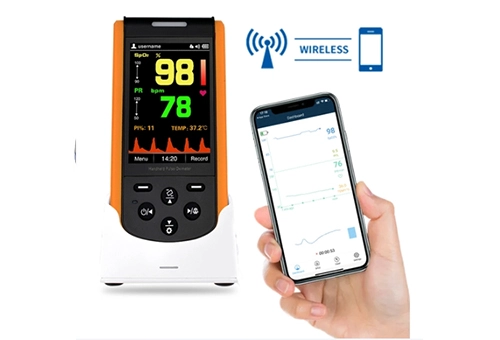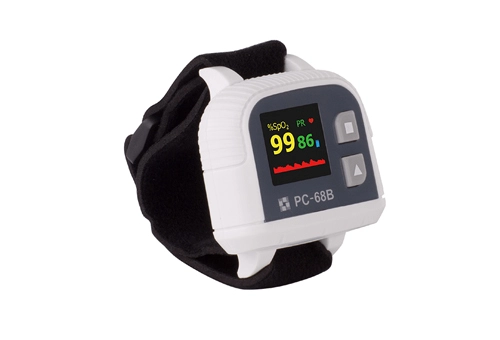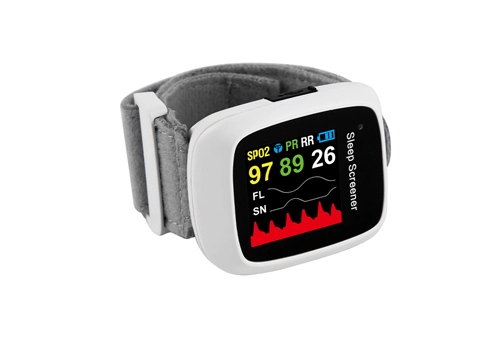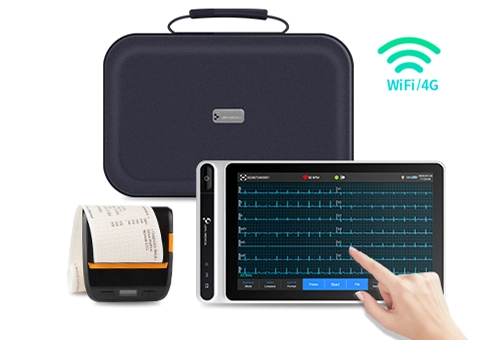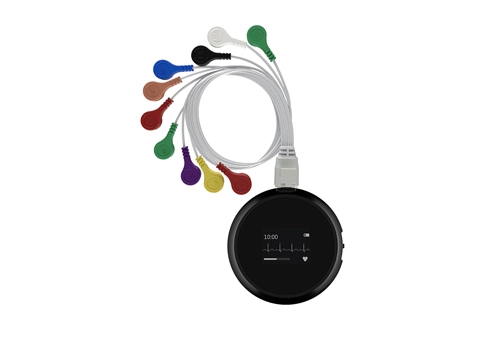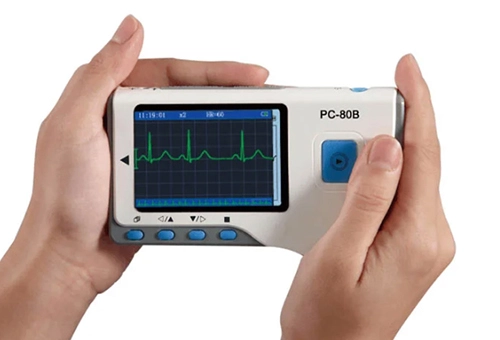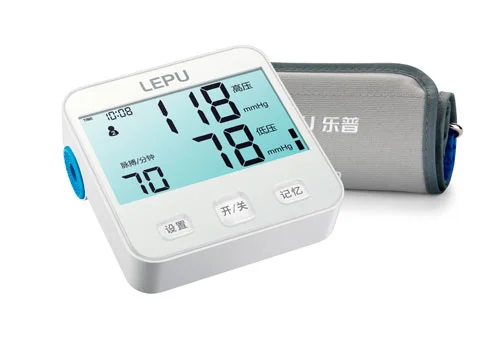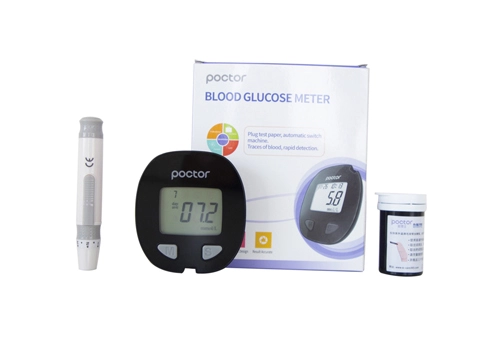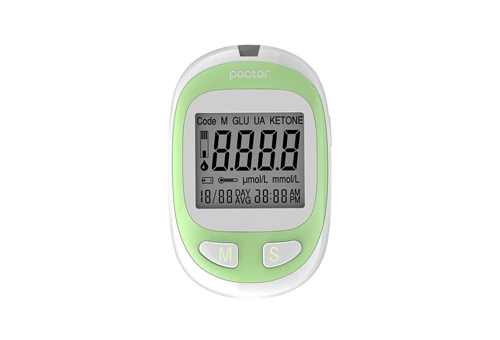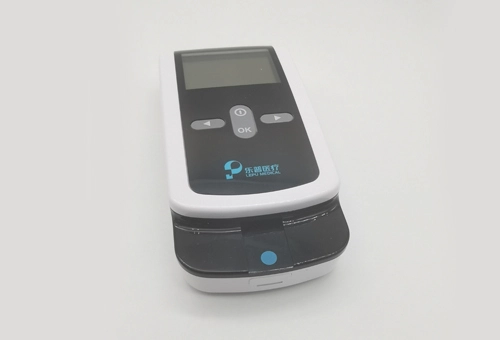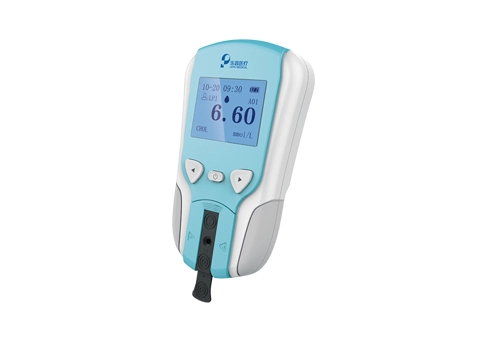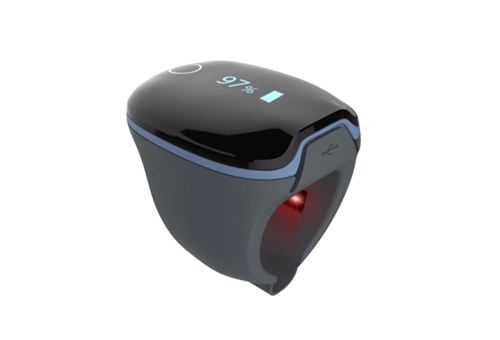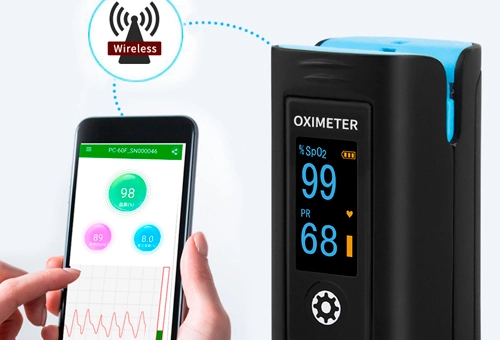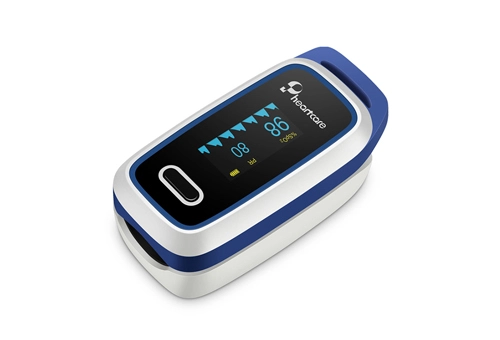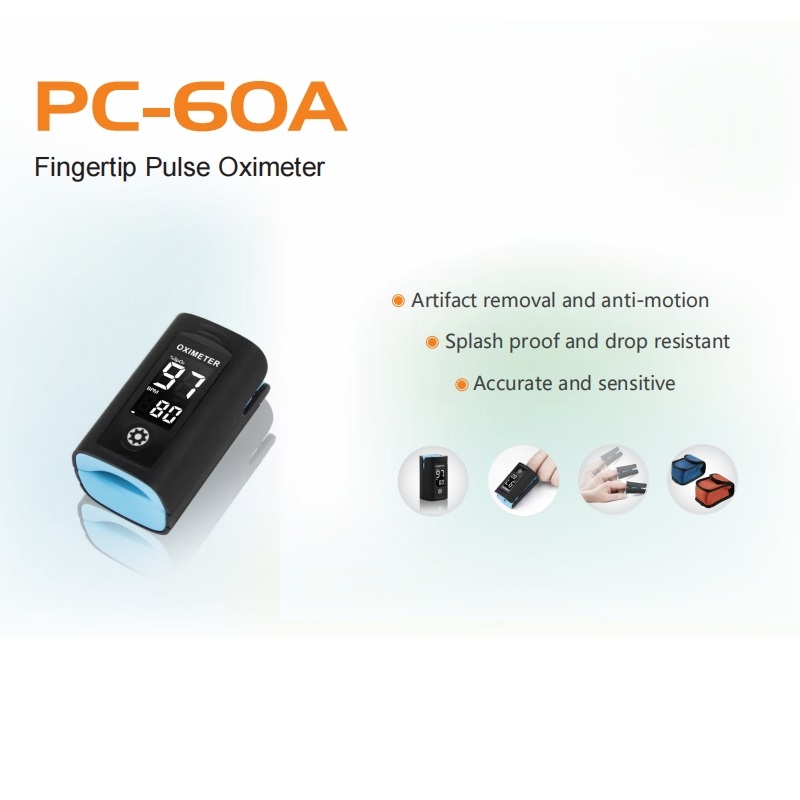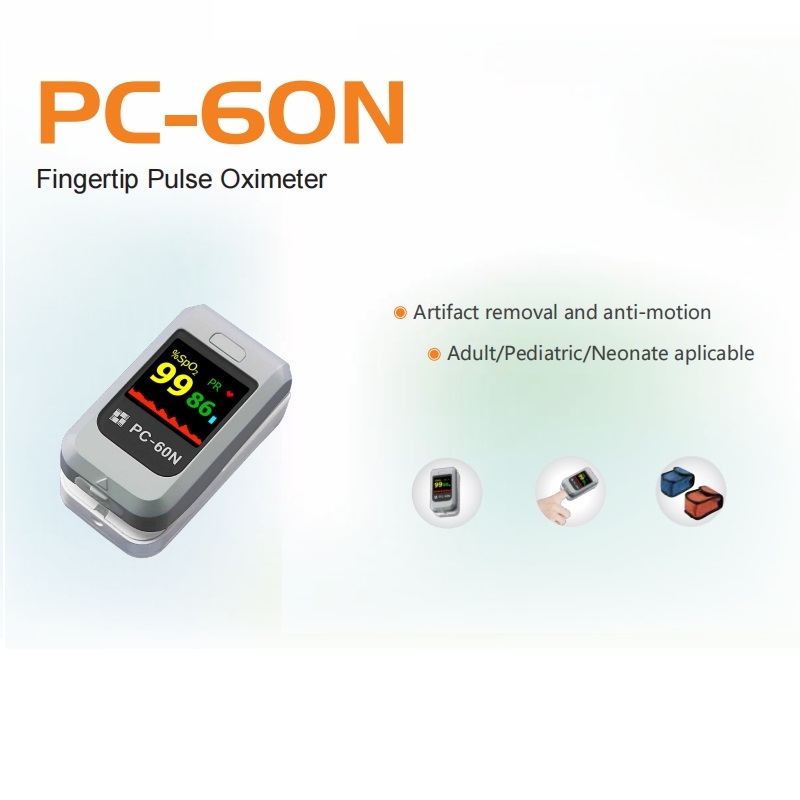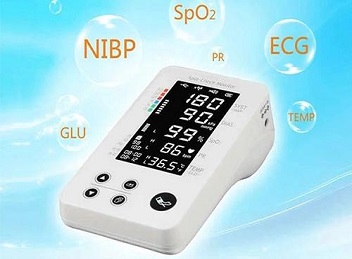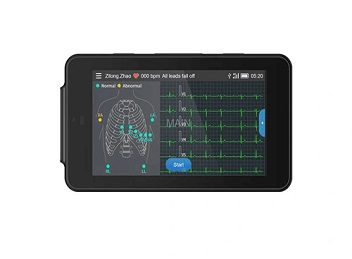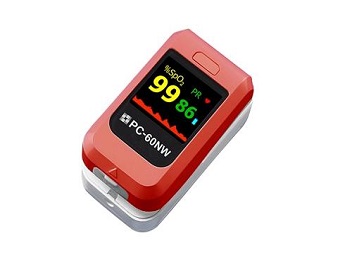A fingertip oximeter is a medical device used to measure the oxygen level in a person's blood. It is a small, portable device that clips onto the end of a finger and measures the amount of oxygen in the blood by shining a light through it. The device then displays the oxygen saturation level, which is a measure of how much oxygen the blood is carrying. Fingertip oximeters are used in a variety of settings, including hospitals, doctor's offices, and at home. They are an important tool for monitoring a person's oxygen level, especially for those with respiratory conditions, such as COPD or asthma.
Types of Finger/Ring Oximeters
-
Lepu O2Ring™ Continuous Ring Oximeter Finger Oxygen Monitor
O2 Ring features a unique and lightweight design, making it easy to wear for continuous monitoring of SpO2, HR, and PI in a variety of settings. This device even allows you to track and log oxygen levels throughout the night. If O2Ring detects low oxygen levels or an abnormal heart rate while you sleep, it will gently vibrate to alert you.View More -
LEPU PC-60FW Finger Pulse Oximeter High Accurate Bluetooth Blood Oxygen Monitors SpO2
The fingertip pulse oximeter is intended for measuring the Pulse Oxygen Saturation, Pulse Rate, and Perfusion Index through user's finger. Lepu Medical focuses on R&D and manufacturing for mor...View More -
Lepu PC-60NW Digital Fingertip Pulse Oximeter with Lanyard Wireless Bluetooth Connection
The Lepu PC60NW medical grade fingertip mini pulse oximeter has been approved by FDA, designed to measure SpO2 (blood oxygen saturation), pulse rate (PR), and PI (perfusion index) in adults and pediat...View More -
LEPU Dual-direction Display SpO2 Monitor Medical Equipment to Test the User Oxygen Saturation and PR Finger Pulse Oximeter
Lepu Pulse Oximeter delivers easy, fast and reliable measurements for SpO2, PR and PI with its compact and light body. It can be widely used in families,hospitals, community healthcare centers and hea...View More -
Lepu Medical PC-60A Fingertip Pulse Oximeter
The fingertip pulse oximeter is intended for measuring the Pulse Oxygen Saturation, Pulse Rate, and Perfusion Index through the user's finger. It's applicable for the monitoring of SpO2 and pu...View More -
Lepu Medical PC-60N Fingertip Pulse Oximeter
The fingertip pulse oximeter is intended for measuring the Pulse Oxygen Saturation, Pulse Rate, and Perfusion Index through the user's finger. It's applicable for the monitoring of SpO2 and pu...View More
Benefits of Using Fingertip Oximeters
-

Easy to Use
Fingertip oximeters are easy to use and require minimal training. The device is designed to be user-friendly and can be used by healthcare professionals and non-professionals alike.
-

Quick and Accurate Measurement
Fingertip oximeters provide a quick and accurate measurement of a patient's blood oxygen saturation (SpO2) level. This is a critical vital sign used to assess a patient's respiratory status.
-

Portable and Convenient
Fingertip oximeters are small, lightweight and portable, making them convenient to use in a variety of settings. They are easy to transport and can be used in the home or at the hospital.
-

Non-invasive
Fingertip oximeters are non-invasive, meaning they don't require a patient to have needles or probes inserted into their body in order to take a reading. This makes it an ideal choice for monitoring oxygen levels in patients who are anxious or uncomfortable with needles or probes.
-

Cost-Effective
Fingertip oximeters are less expensive than other types of oximeters and can be used multiple times, making them a cost-effective long-term solution for monitoring oxygen levels.
Fingertip Oximeters FAQs
-
How Does a Fingertip Oximeter Work?
A fingertip oximeter measures the amount of oxygen in the blood based on the amount of light absorbed and reflected by the blood in the finger. The gadget measures the absorption and reflection of light and utilizes this information to compute the oxygen saturation level.
-
What Advantages Are There to Using a Fingertip Oximeter?
Fingertip oximeters provide quick and accurate readings of the blood's oxygen saturation level. This information can be used to assist in the diagnosis and monitoring of conditions such as asthma, COPD, and other respiratory diseases. They may also be used to measure athletes' oxygen levels while exercising.

